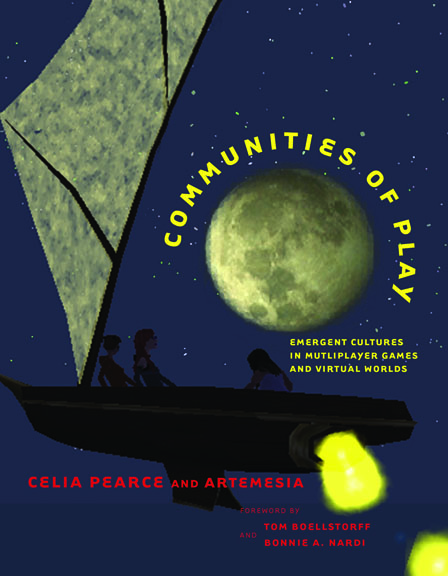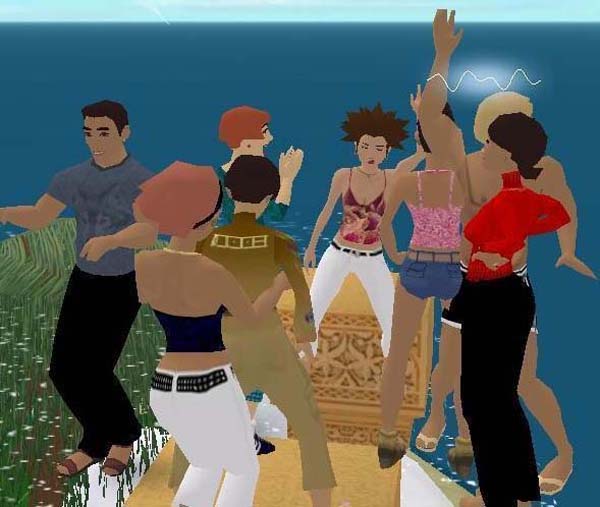IGDA Developer Satisfaction Survey 2014
IGDA’s Developer satisfaction survey was the first comprehensive survey of the game development community to be completed in nearly a decade. Click her for Infographic, and here to read the Summary Report.
Co-authored with Kate Edwards, Johanna Weststar, Marie-Josée Legault, and Wanda Meloni
Virtual Worlds Survey Report: A Trans-World Study of Non-Game Virtual Worlds
Infographic
Abstract
This Report presents results of a virtual world (VW) survey conducted in the summer of 2012, and subsequent analysis through summer of 2014. The aim of this study was to enhance our understanding of demographics, attitudes, activities and play preferences across a variety of non-game, social virtual worlds, also referred to as metaverses. The need for this study arose out of our observation that, while multiple surveys have been conducted on these aspects of a variety of different massively multiplayer games (MMOGs), only a few single-world, topical surveys have been conducted of equivalent non-game worlds, such as Second Life and There.com. Our past qualitative and mixed-methods research in multiple virtual worlds indicated that there were significant differences in both demographics and play patterns between open-ended worlds and the more studied game-style worlds. The survey included over 800 denizens of 36 different virtual worlds – recruited via Facebook, virtual world forums and blogs, as well as inworld networks – and focused on four key areas:
- Demographics: including age, gender, race/ethnicity, sexual orientation, marital and family status, income and employment status, religion, region of residence, and disability
- Avatar Presentation: including form, dress, role, use of alts, and cross-gender play
- Activities and Play Patterns: including amount and times of day spent, favorite activities, and social interactions including dating, sex, and the fluidity of relationships between virtual worlds and real life
- Creativity and Commerce: including creative activity, real estate ownership, virtual item transactions, virtual currency transactions, and income from virtual world activities
The report also includes a comparative analysis of similar results from game-based surveys to better understand the similarities and differences between these forms of virtual worlds. We conclude with a summary of the findings, a description of a planned supplement dealing with responses to open-ended questions, and suggested topics for further research. This report covers primarily multiple-choice questions across these subject areas, and a summary of responses to open-ended questions. A subsequent supplement will be released with more detailed analysis of open responses.
Authors
- Celia Pearce is a game designer, author, teacher and researcher with expertise in multiplayer games and virtual worlds, as well as independent and art games, and games and gender. This study was conducted while she was an Associate Professor of Digital Media at Georgia Tech; she has recently joined the faculty of Northeastern University as an Associate Professor of Game Design.
- Bobby R. Blackburn is an independent game designer and research consultant. He began working on the VW Demographic survey while earning a BS in Computational Media from the Georgia Institute of Technology with a focus toward game design and development. He helped research, author, and launch the survey instrument, managed advertising and recruitment, conducted data cataloging and analysis, authored tables and diagrams, and co-authored the final report.
- Carl Symborski is a Chief Engineer at Leidos, Inc., where he is a program manager and technologist leading science and technology programs, including training games-related research programs. His research interests include serious games, virtual communities, and computer networking.
Baby Boomer Gamers
While much research has been done about the gaming activities of children, very little has focused on that of adults. Baby Boomers, and particularly Baby Boomer women, have been identified by several reports as the fastest-growing gamer population. My interest in this area arose out of my work with the Uru Diaspora, the majority of whom fell into this demographic. In the summer of 2006, I conducted a mixed-methods study of Baby Boomer Gamers. Over 300 American, European and Australian players participated in quantitative and qualitative research about the gameplay preferences and habits of players born during the Baby Boom years. The full report, “The Truth About Baby Boomer Gamers,” will be published in Games & Culture in the first half of 2008. For a preview copy, send e-mail to  .
.




 .
.